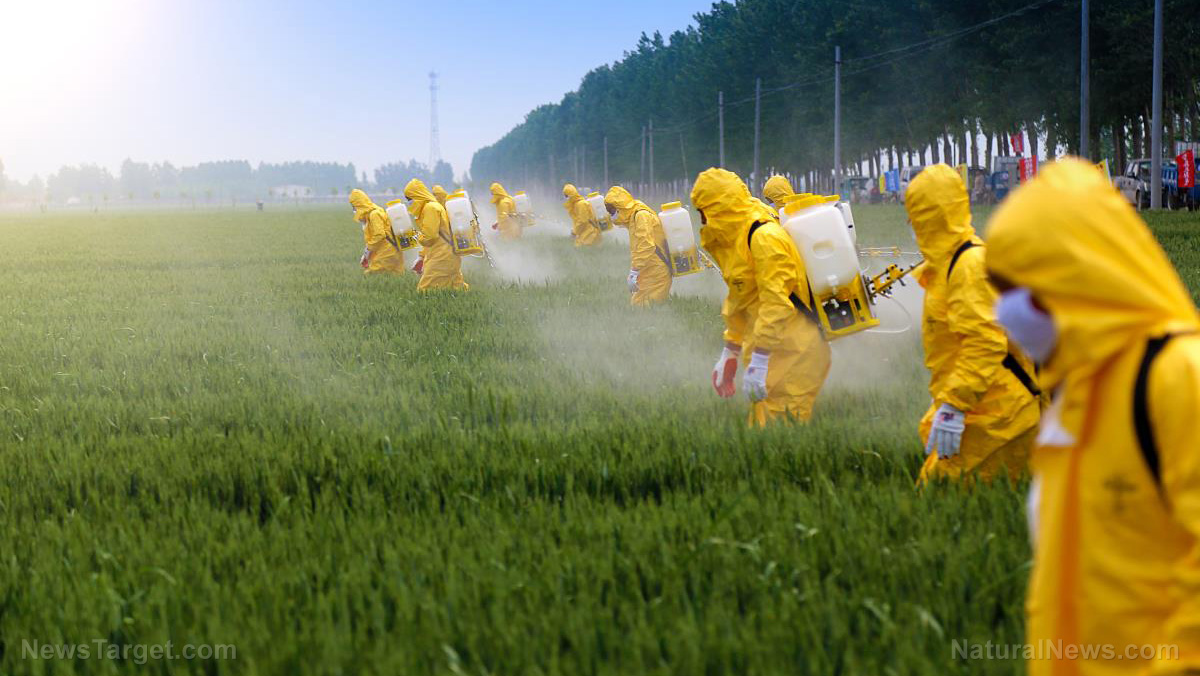
In a seminar room at New York University in January, nitrogen experts from around the world painted a picture of how a nitrogen-soaked planet would appear. The group conducted the meeting as part of the International Management System, a five-year, $60-million research project from the United Nations Environment Programme and the Global Environment Facility, that will serve its purpose as nitrogen's counterpart to the Intergovernmental Panel on Climate Change, chief Mike Sutton said.
The goal of the organization is to halve the amount of nitrogen that is dumped into the environment by mid-century so as to prevent the occurrence of a world filled with dead oceans, lifeless rivers, and toxic tides. To be able to do that, doubling the efficiency of nitrogen use on farms is necessary.
“We've done pretty well feeding the world. But now we have to address the fallout from that,” Sutton said.
According to Sutton, a British researcher at the Centre for Ecology and Hydrology in Edinburgh, nitrogen pollution is constantly being ignored by international governments, with no existing international agreement or UN agency to spearhead any type of action.
The New York meeting was an initiative to change all that. The scientists focused on agriculture, which causes around two-thirds of the global nitrogen pollution. In the United States, nitrogen accumulation is evident in all parts of the country – creating algal blooms in rivers from the Ohio to the Klamath in California; contaminating underground water reserves in California; causing fish to clamor for oxygen in Chesapeake Bay; and unleashing toxic “red tides” off the shores of Florida.
The perpetrator of this ecological catastrophe is said to be the 120 million tons of synthetic nitrogen used globally in agriculture every year, which is twice the amount of nitrogen that goes into fields from organic sources such as animal manure, crop waste, and leguminous plants that take care of their own nitrogen wastes. Other examples of organic fertilizers include bat guano, blood meal, seaweed, compost, and worm castings.
In fact, the nitrogen-use efficiency (NUE) of farmers all over the globe has dipped from over 50 percent in 1961 to around 42 percent today, according to Xin Zhang, an environmental scientist at University of Maryland. (Related: The dark side of nitrogen; too much fertilizer is destroying the planet.)
Scientists found that fertilizer is being used with more extreme carelessness. Because of this, over half of all the synthetic fertilizer ever produced has been used in the farming industry during the past 30 years.
Zhang said NUE has dipped from 40 to 30 percent in India, where fertilizer use has doubled in 20 years. But the worst case is in China, which has gone from an average NUE of over 60 percent in 1961 to just 25 percent today.
Other examples of synthetic fertilizers are ammonium nitrate, ammonium phosphate, superphosphate, and potassium sulfate.
For more stories concerning pollutants and the harmful ways they affect the environment and us, see Pollution.news.
Sources include:
Please contact us for more information.























